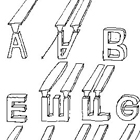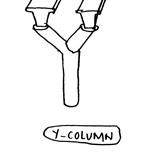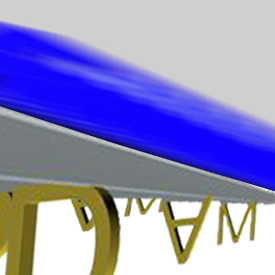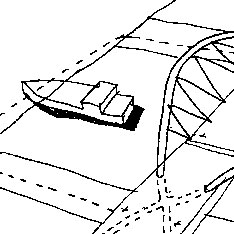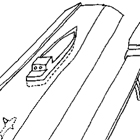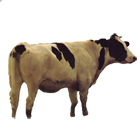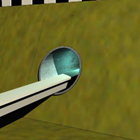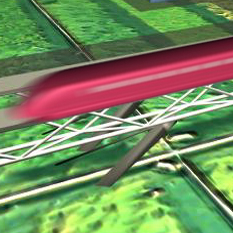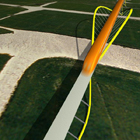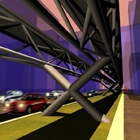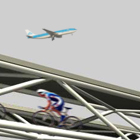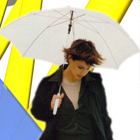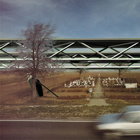ZouderZee Route
| Program | TRANSPORT |
| Scale | sqm |
| Location | Randstad |
| Stage | Design |
| Client | Dutch Government - RWS |
| Design Year | 2000 |
This specially commissioned study was part of a Government environmental report and was concerned with impact of the proposed magnetic-levitation line structure on the surrounding landscape.
The proposed Siemen’s magnetic levitation train around the Ranstad has an elevated track for cost reasons. This project was based upon the potential for specific structural elements to offer a unique identity to the city or town through which the uniform track passed - like a charm bracelet! Each structural element was to enhance the localised landscape. These elements ranged from standard columns to splayed, tied, inverted, grouped and cantilever column configurations. Furthermore, city identity could be branded around the design of larger infrastructure such bridges or tunnels.
LANDSCAPE, LINESCAPE
“Any line drawn through the landscape such as that resulting from a powerline, a road, a canal or a train track provides a narrative sequence through which stories, and programmes, can be unfolded and told to the traveler. On your left lies an island within a polder cornfield. On the right a dyke aligned to a cluster of supermarket-windmills. In the distant the digitised gardens of your destination, the compact city. Such lines in the landscape, forming linescapes, connect points of economic and social interest and intertwine with the scenery.
Evolutionary systems
The supporting structures of these lines, however, often exist in ‘landscape denial’ demonstrating little regard for the particularity of the context through which they pass. Many overhead (rail)roads are borne by anonymous column-beam arrangements. Might not a structural system be engineered to produce rationalised differentiation? A linescape of economic and contextual concern sympathetic to both town and country? An evolutionary system with potential for both generic treatment and site specific responsiveness! It is important to understand that the relations between line and landscape are not static but fluctuate along its length.
Recycled programmes
The view from a magnetic-levitation train traveling at 500kph imbues the journey with the exhilaration of low level flying – a 747 jumbo cruises at a similar speed albeit at some distance from the ground. This view is thus implicitly privileged and so what is of concern is the possibility to allow others to experience ‘accelerating landscapes’ without the need to board the train. This can be done by cradling extra programmes, such as a cycle track and fibre optic highways, within the girder of the high level line. From a four metre high vantagepoint one can survey the flat Dutch landscapes ordinarily suppressed from ground view. The imposing character of a closed box girder is simultaneously reduced through the opening of the girder into a trussed transparent lattice.
Identity support
It is possible to envisage a map of structural possibilities for a variety of locations, each resulting in a particularised high-speed linescape. Each field, town, tunnel or canal arrives with specific site conditions and these can be made visible to the local farmer, motorist, cyclist, barge captain. Supports which consume little ground space, supports which offer greater lateral stability, supports which signify like ancient gateways the city entrance, supports which leap canals and span waterways, supports for lower cost that combine with existing infrastructure. Support for greater identity! Furthermore each Mag-lev train can be emblazoned with the painted identity of its host: the Friesian cow from Groningen, the poldered courgette of Emmeloord, the urban camouflage of Amsterdam. Each landscape in turn is inscribed with its own recognisable solution; each city free to elect upon its own structural signature.”

